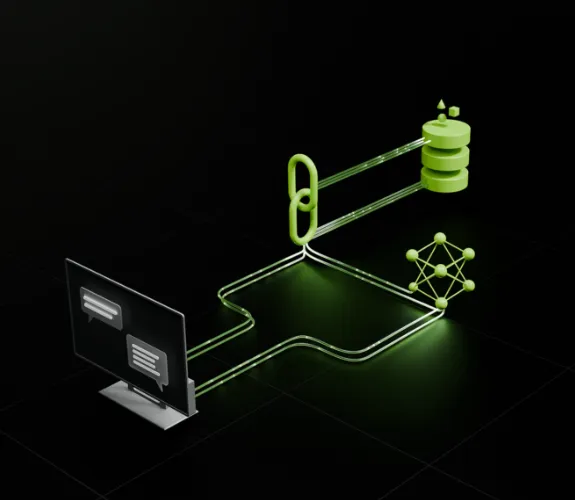Enterprise systems are rarely neat or simple. They carry years of patches, exceptions, and domain-specific rules that don’t align with generic software tutorials. When large language models (LLMs) are introduced into these environments, the results can be mixed: confident answers that ignore compliance rules, hallucinations passed off as facts, and zero traceability for auditors.
To bridge this gap, many organizations are adopting Retrieval-Augmented Generation (RAG). This approach connects LLMs with an enterprise’s private data sources—requirements, policies, incident records, and more—grounding the model in information that matters. With the global RAG market projected to grow at nearly 50% annually from 2025 to 2030, businesses are quickly realizing this isn’t just a trend, but a practical necessity.
Why Enterprises Are Shifting Toward RAG + LLM
Generic LLMs lack context about a company’s policies, workflows, and risks. That gap has serious consequences, which RAG is designed to solve.
- Reducing hallucinations: Answers are tied to documented requirements, policies, and risks, with citations to back them up.
- Improving auditability: Every response can be traced to a specific control, policy version, or historical record.
- Protecting private data: Retrieval relies on internal sources, making it easier to stay aligned with standards like PCI DSS, HIPAA, or SOX.
- Speaking the right language: RAG adapts to domain-specific terms—financial transactions, clinical codes, compliance frameworks—reducing irrelevant or incorrect outputs.
- Operating within governance frameworks: Standards like NIST’s AI RMF and ISO/IEC 42001 already outline how to run generative AI responsibly at scale.
A QA Roadmap for RAG Systems
Quality assurance teams play a central role in validating RAG-based solutions. Here’s a practical action plan:
1. Curate reliable sources
- Collect and maintain requirements, risk registers, test cases, and incident reports.
- Tag documents with metadata such as owner, system, version, and effective date.
- Automate re-indexing when policies or code change to prevent outdated results.
2. Build RAG-specific test flows
- Apply risk-based regression testing with explicit justifications.
- Design tests that map directly to regulatory controls.
- Normalize language in defect triage to link duplicates and recommend resolutions.
- Use synthetic data that mirrors real-world inputs without exposing sensitive information.
3. Establish governance early
- Treat prompts, embeddings, and retrievers as code—with ownership, review, and change tracking.
- Map test efforts to AI risk frameworks and compliance standards.
- Align testing with payment and data protection regulations from the outset.
4. Measure real value
- Track improvements in test design speed and regression coverage.
- Measure defect escape rates in UAT and production.
- Monitor retrieval precision, recall, and groundedness alongside human trust scores.
Testing RAG at Three Levels
RAG systems require validation across retrieval, context handling, and output generation. A layered approach ensures each stage is robust before scaling.
Level 1: Component Testing
Validate core mechanics such as retrieval precision, recall, ranking quality, and latency. Check generated outputs for accuracy, relevance, and safety. Use golden queries, adversarial cases, and edge scenarios. If fundamentals fail here, don’t move forward.
Level 2: Integration Testing
Test the entire pipeline in realistic business scenarios. Verify that information from multiple sources is combined correctly, the latest policies are prioritized, and performance holds under load. Look for graceful degradation when one component slows or fails.
Level 3: Chaos Testing
Deliberately stress the system with missing results, corrupted data, embedding drift, or API limits. Confirm it fails safely, logs issues clearly, and recovers without permanent damage. Include adversarial queries to test resilience against malicious inputs.
Moving Forward
RAG is becoming the enterprise standard because it makes AI explainable, traceable, and auditable. For QA teams, it represents both a challenge and an opportunity: the challenge of testing distributed systems powered by machine learning, and the opportunity to deliver the expertise enterprises urgently need.
The best approach is to start small: pick a focused use case, index your most critical requirements, and establish a baseline through component testing. From there, scale gradually while measuring improvements in coverage, design time, and reliability.
RAG doesn’t eliminate the complexity of enterprise systems, but it ensures that AI works with the rules, risks, and realities companies already live with—turning black-box answers into transparent, verifiable results.







